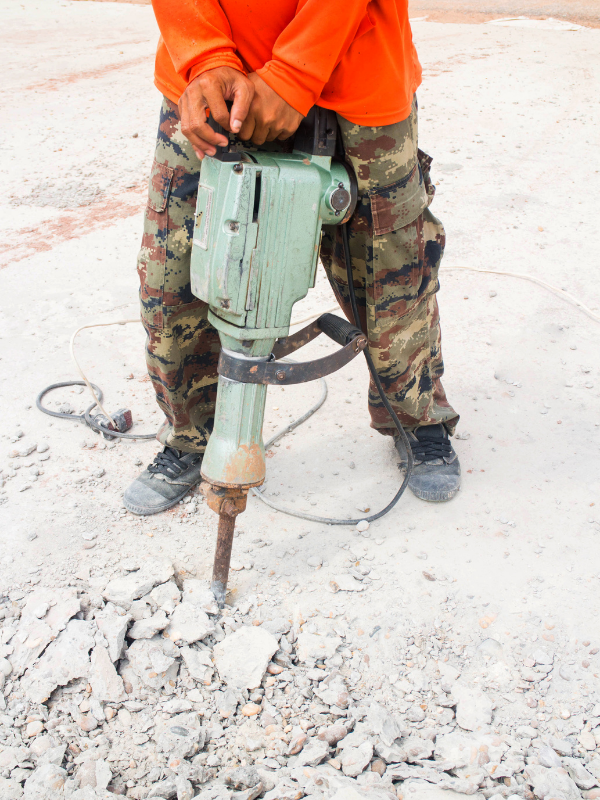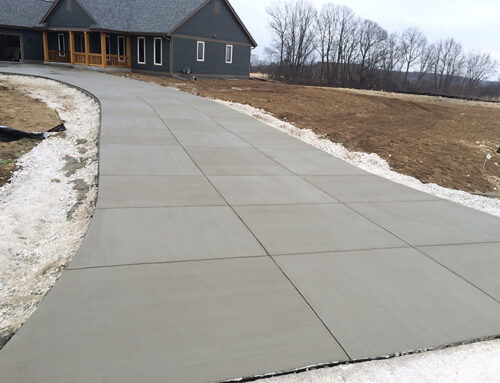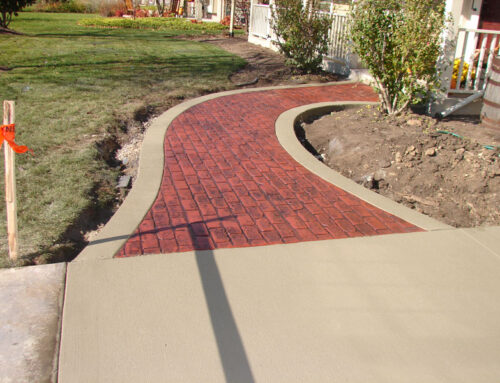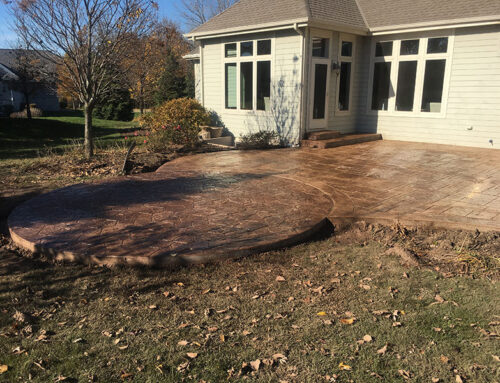Harsh winter weather can have a negative effect on concrete surfaces if they aren’t properly protected and maintained. With more than 25 states in the US reaching below freezing in the winter months, concrete repair services are regularly utilized by many. If you have concrete surfaces that require maintenance and winterizing, you have come to the right place. We can take a look at what you have and determine the best plan of action for the cold weather hits.
Keep reading to get an idea of how we typically approach concrete repair in winter.
Tips & Methods
Concrete repair is typically done ahead of the winter season so adequate preparation can be done. However, though it may present more challenges, this doesn’t mean that concrete repair in winter isn’t possible, of course. Here are some tips and methods for doing just that.
Heating Blankets for Curing
Heating blankets can be used to thaw concrete surfaces to remove snow and ice and prep them for repairs. They can also be used to reduce curing time. Cover the repaired area with blankets for around 7 hours to make sure that the concrete doesn’t freeze or dry so quickly it causes cracks.
Add Antifreeze
Often concrete repair providers will use products with antifreeze to help slow down the freezing process of liquids in winter. This is an effective approach but should only be used by professionals to ensure that additional steps in the repair process are incorporated.
Use of Self-leveling Repair Products
Self-level concrete finishes are great for the cold climate because they use less water. As a result, they are less likely to freeze or require additional steps to be necessary like the examples above.
Temporary Fixes Until the Weather is Warmer
If you can’t accomplish the concrete repair in winter, a temporary fix is another option until the weather starts to warm up. That way the damages to the concrete are at least held together and don’t get worse as you wait out the rest of the winter season.
How to Winterize Concrete
Home and business owners looking to winterize their properties should aim to do so by mid to late fall. The priorities here tend to be gutters, doors, and windows. However, concrete can and should also be winterized as it can suffer from exposure to snow, ice, and freezing temperatures. Instead of tackling your concrete repair in winter, get ahead of the game with the following winterizing methods.
Patch and Repair
Concrete slabs that are beginning to show signs of damage should be patched and repaired to prevent further damage from spreading. To help stop the progression of cracking, the cracks should be filled with a flexible sealant. This will create a secure bond between the surface of the concrete and should blend in smoothly with the surrounding area.
Sealing Surfaces
Sealing concrete surfaces help to prevent damages normally caused by ice or snow. This should be done before it begins to snow so that moisture doesn’t soak into the concrete and create damages when it begins to freeze.
Protecting Statuary
Concrete statuary and garden art can and should also be sealed to help preserve the quality and prevent winter damage. Small items like stepping stones should be stored in a garage or shelter to keep them dry. If they can’t be moved make sure to regularly drain pools of water that collect on the surfaces before temperatures drop to freezing levels.
Avoid Salt
Salt can attract moisture to the surface of your concrete which may result in cracks and flaking. Salt will also not stop the freezing and thawing process of moisture in the concrete slab. Instead, it will increase the level of stress it’s already experiencing from the harsh winter weather.
We Help with Concrete Repair in Winter
In order to efficiently perform concrete repair in winter or attempt to prevent the need to the wisest solution is to engage the services of a construction company. JBS Construction has been providing high-quality concrete work in Milwaukee at affordable prices for 30 years and counting. Reach out today to sign up for professional concrete repair in winter today.







